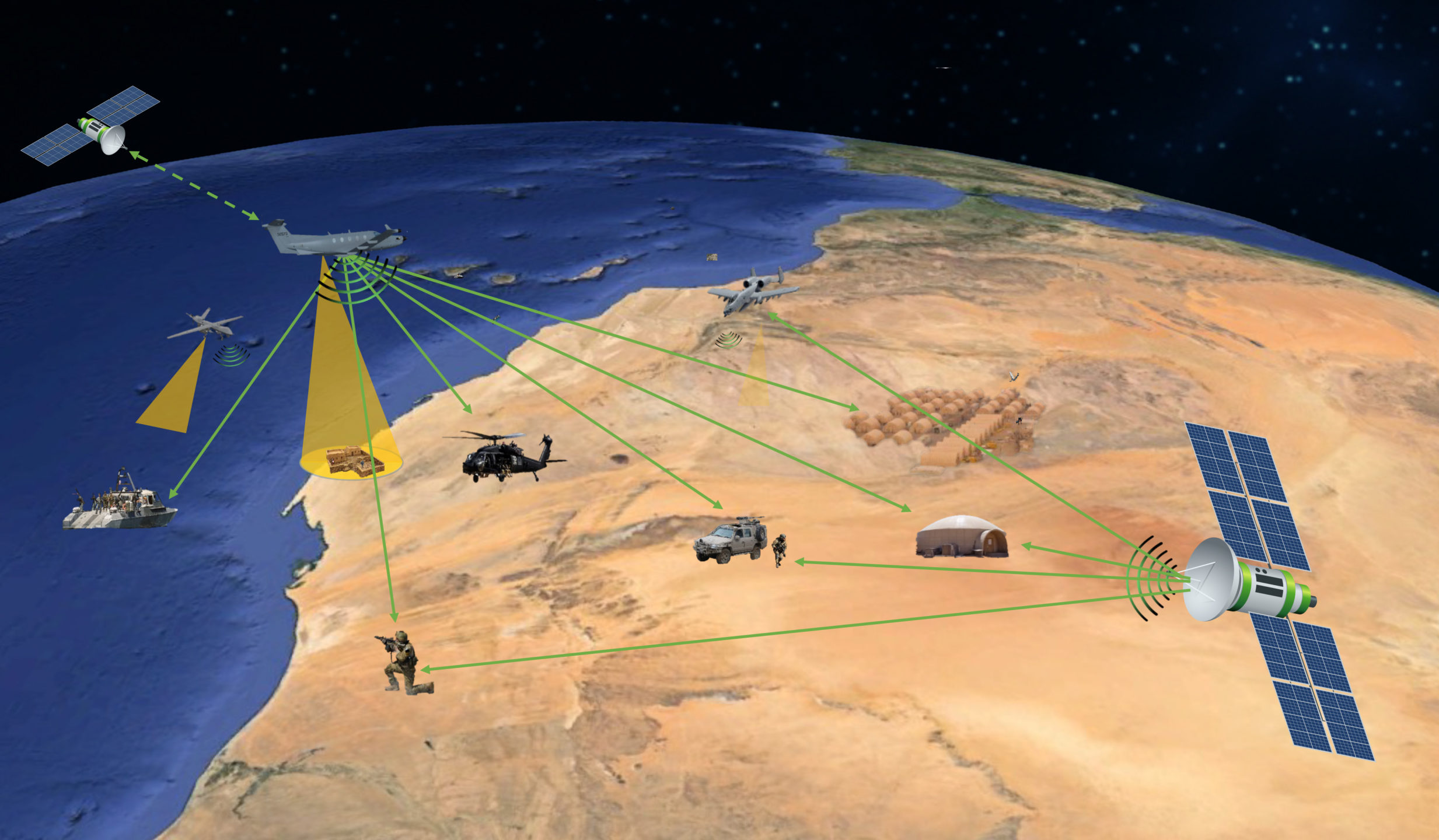Unveiling the Power of Signal Intelligence: A Comprehensive Analysis
In today's interconnected world, where information is both abundant and invaluable, the signal intelligence (SIGINT) market stands as a pillar of modern security and intelligence operations. This article delves into the depths of the signal intelligence market, providing an overview, exploring key segments, discussing the latest industry news, highlighting prominent companies, analyzing market drivers, and offering regional insights. Signal Intelligence Market is projected to grow from USD 17.21 Billion in 2024 to USD 24.88 billion by 2032
Market Overview:
The signal intelligence market revolves around the interception, analysis, and interpretation of various signals, ranging from communications to electronic emissions. This market plays a pivotal role in national security, military operations, cybersecurity, and business intelligence. As technology evolves, the scope of signals that can be captured and analyzed continues to expand, driving growth in the SIGINT market.
Request To Free Sample of This Strategic Report - https://www.marketresearchfuture.com/sample_request/7624
Key Market Segments:
-
Communication Intelligence (COMINT): Focusing on intercepting and analyzing communications signals, COMINT deals with voice, data, and video transmissions. With the rise of digital communication technologies, COMINT capabilities have become increasingly sophisticated, extracting valuable intelligence from complex networks.
-
Electronic Intelligence (ELINT): ELINT involves intercepting and analyzing non-communication electromagnetic signals, such as radar emissions and electronic warfare transmissions. ELINT systems are critical for monitoring and identifying potential threats, including enemy radar installations, missile systems, and electronic jamming devices.
-
Cyber Intelligence (CYBINT): In the era of cyber warfare and digital threats, CYBINT encompasses technologies and services aimed at monitoring and analyzing digital signals, including network traffic, malware signatures, and hacker activities. CYBINT capabilities are vital for safeguarding critical infrastructure and sensitive data against cyber attacks.
Industry Latest News:
Recent developments in the signal intelligence market showcase ongoing advancements and emerging trends:
-
Integration of Artificial Intelligence (AI): Signal intelligence systems are increasingly leveraging AI algorithms to enhance signal detection, classification, and analysis capabilities. These technologies enable faster decision-making and more accurate threat identification in complex environments.
-
Big Data Analytics: The proliferation of data generated by signals requires robust analytics capabilities to derive actionable insights. Signal intelligence providers are integrating big data analytics tools to process and analyze vast amounts of data efficiently, enabling proactive threat detection and intelligence gathering.
-
Focus on Cyber Resilience: With cyber threats escalating, there is a growing emphasis on enhancing cyber resilience through advanced signal intelligence solutions. This includes proactive monitoring of network traffic, real-time threat detection, and rapid response capabilities to mitigate cyber attacks and data breaches.
-
Global Collaborations: Signal intelligence companies are forming collaborations and partnerships with government agencies, defense organizations, and cybersecurity firms to enhance their capabilities and address emerging threats collaboratively. These partnerships facilitate knowledge sharing, technology transfer, and joint research efforts.
Key Companies:
Several key players dominate the signal intelligence market, offering diverse portfolios of products and services:
-
Lockheed Martin Corporation: A global aerospace and defense company, Lockheed Martin provides a range of signal intelligence solutions, including COMINT and ELINT systems, cyber intelligence tools, and advanced analytics platforms.
-
Northrop Grumman Corporation: Specializing in aerospace and defense technology, Northrop Grumman offers advanced ELINT sensors, electronic warfare systems, and cybersecurity solutions for military and intelligence applications.
-
Raytheon Technologies Corporation: Raytheon Technologies delivers advanced COMINT and ELINT systems, cyber analytics platforms, and integrated sensor networks for defense, intelligence, and cybersecurity applications.
-
BAE Systems plc: Known for its expertise in electronic warfare and intelligence systems, BAE Systems offers a wide range of signal intelligence capabilities, including SIGINT sensors, cyber defense tools, and intelligence analysis software.
-
Boeing Company: Boeing provides satellite-based reconnaissance systems, airborne surveillance platforms, and cybersecurity services for defense and intelligence applications.
Market Drivers:
Several factors are driving the growth of the signal intelligence market:
-
Increasing Threat Landscape: The proliferation of advanced technologies has expanded the threat landscape, driving demand for sophisticated signal intelligence capabilities to monitor, analyze, and counter emerging threats effectively.
-
Technological Advancements: Advancements in sensor technology, data analytics, and AI are enhancing the capabilities of signal intelligence systems, enabling faster processing speeds, higher data throughput, and more accurate threat detection.
-
Growing Cybersecurity Concerns: Cyber attacks and data breaches pose significant risks to governments, businesses, and critical infrastructure worldwide. Signal intelligence solutions play a crucial role in cybersecurity by providing real-time threat intelligence, network monitoring, and incident response capabilities.
-
Geopolitical Instabilities: Geopolitical tensions and regional conflicts drive demand for signal intelligence capabilities to support military operations, intelligence gathering, and strategic decision-making.
Ask for Customization - https://www.marketresearchfuture.com/ask_for_customize/7624
Regional Insights:
The signal intelligence market is globally distributed, with key regions including North America, Europe, Asia Pacific, and the Middle East and Africa. North America dominates the market, driven by significant investments in defense and intelligence capabilities. Europe is also a major market, supported by defense modernization efforts and cybersecurity initiatives. In the Asia Pacific, rapid economic growth and increasing security threats are driving demand for signal intelligence solutions. The Middle East and Africa region witness growing investments in defense and homeland security, fueling demand for advanced signal intelligence capabilities.
In conclusion, the signal intelligence market continues to evolve rapidly, driven by technological advancements, emerging threats, and evolving customer requirements. With its critical role in safeguarding national security, protecting critical infrastructure, and enabling informed decision-making, the signal intelligence market is poised for continued growth and innovation in the years to come. As demand for actionable intelligence grows, the signal intelligence market will remain at the forefront of global security and intelligence operations.



